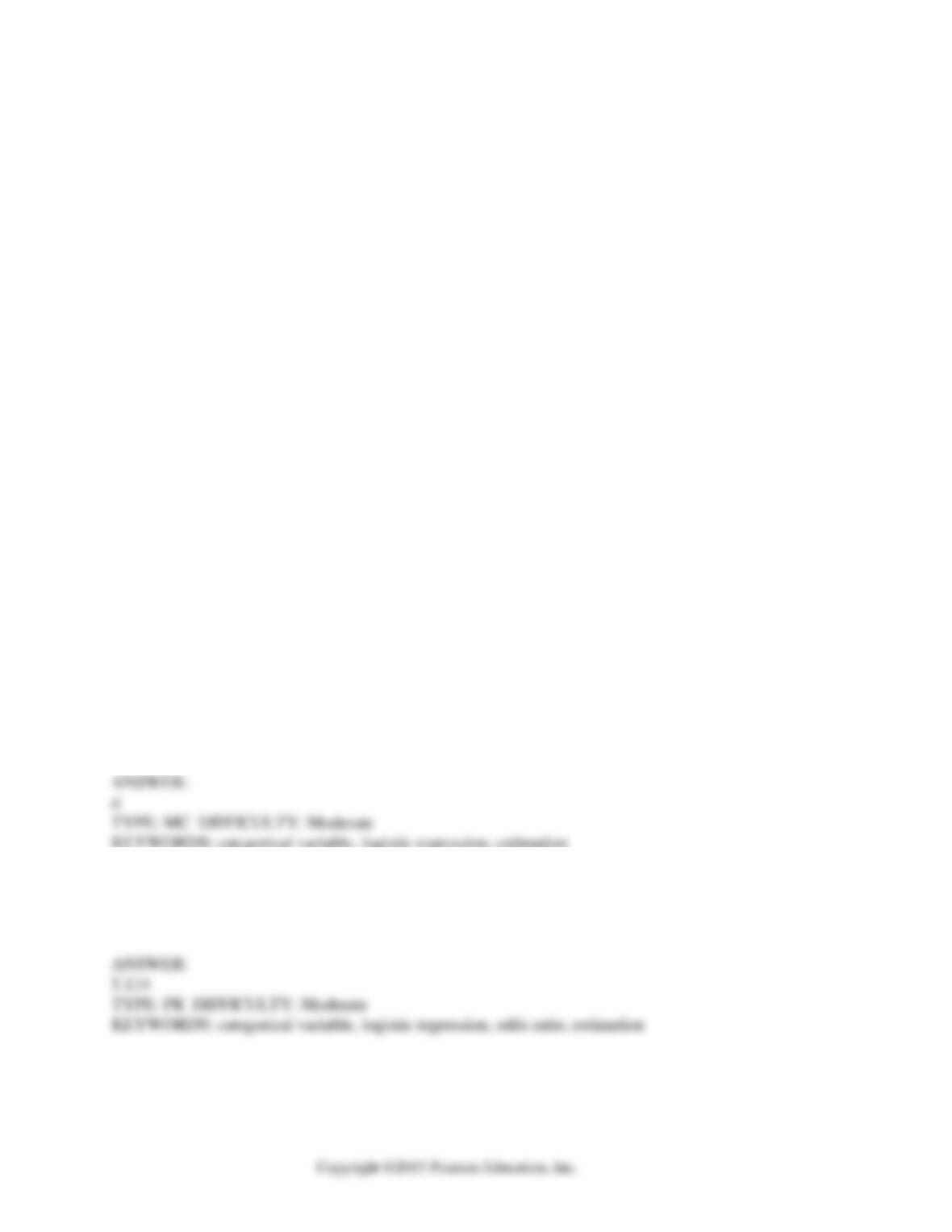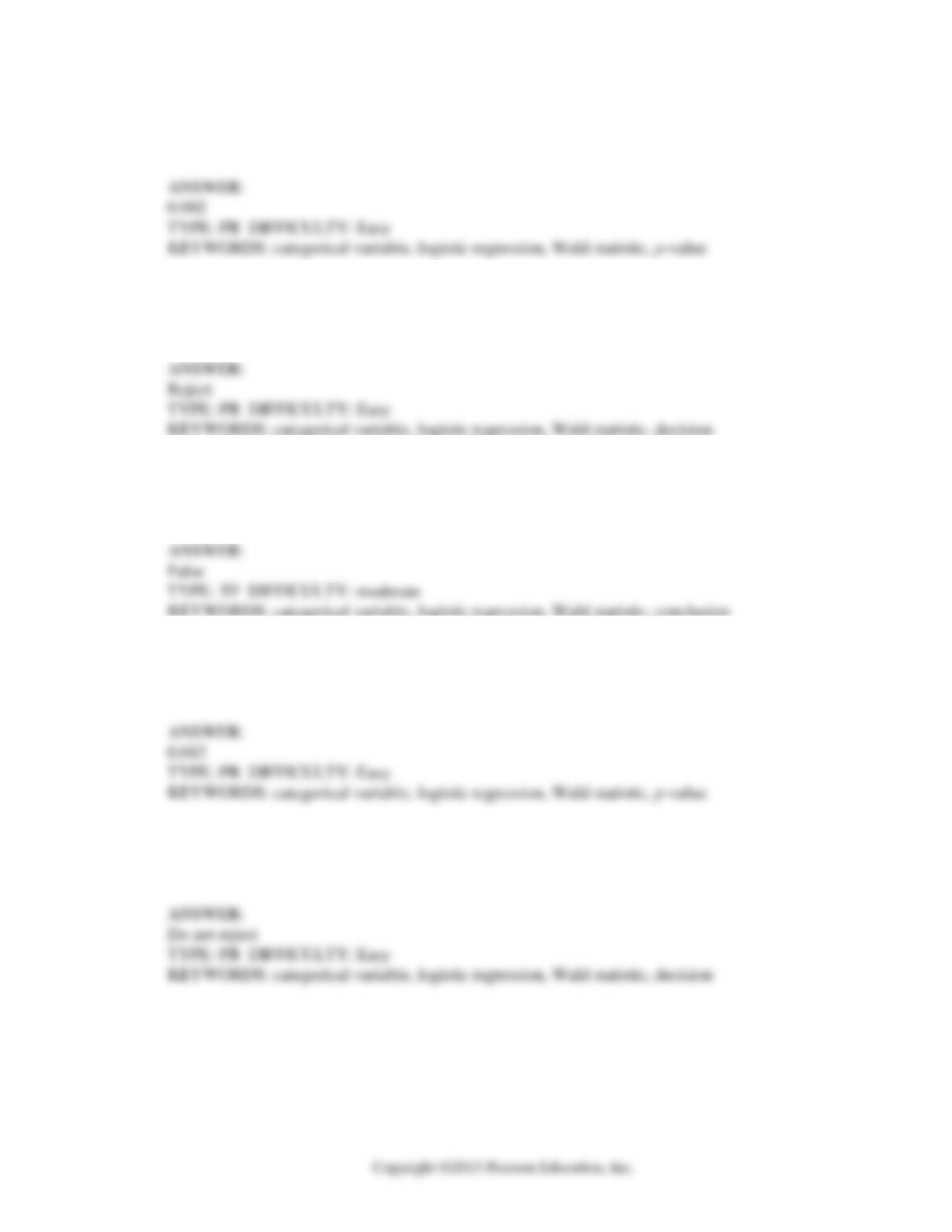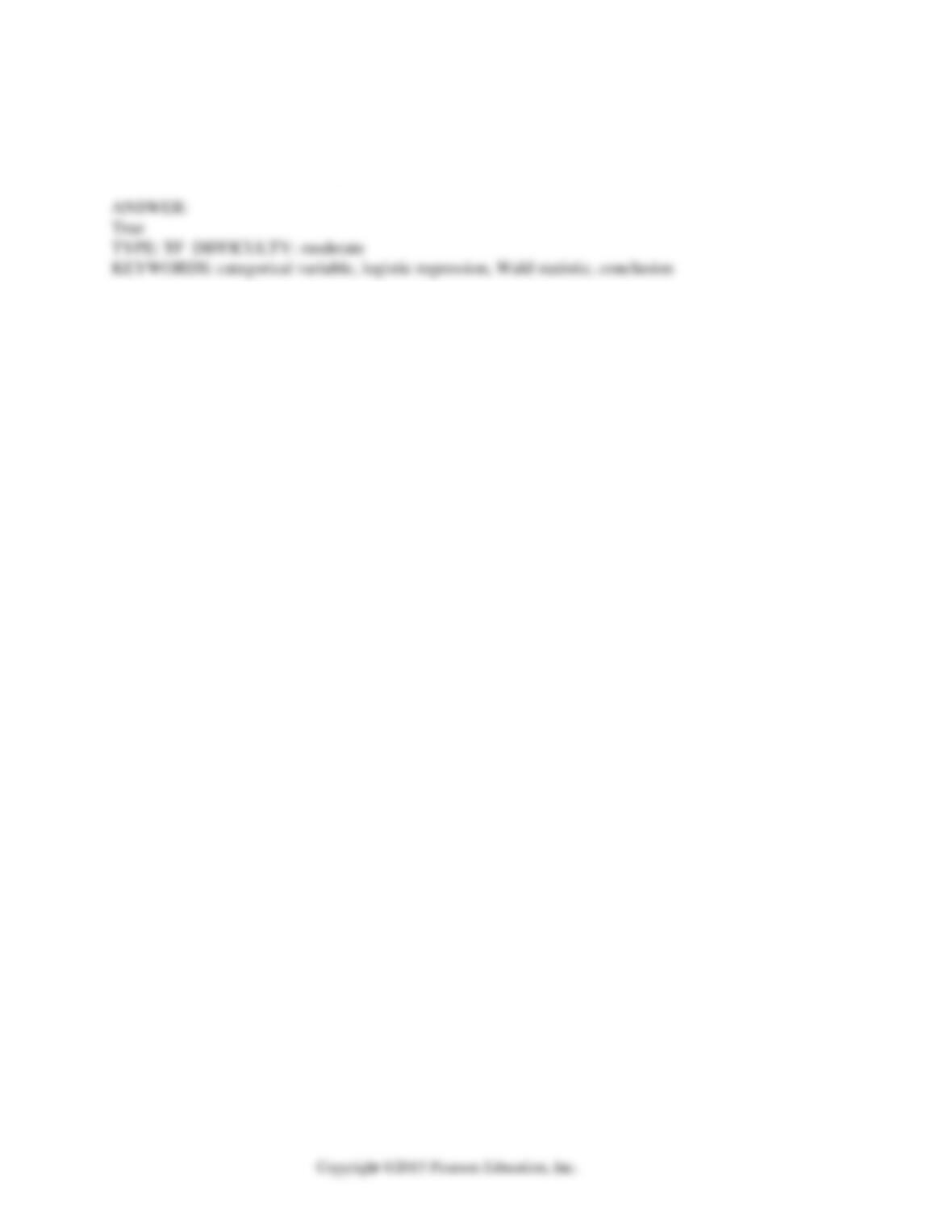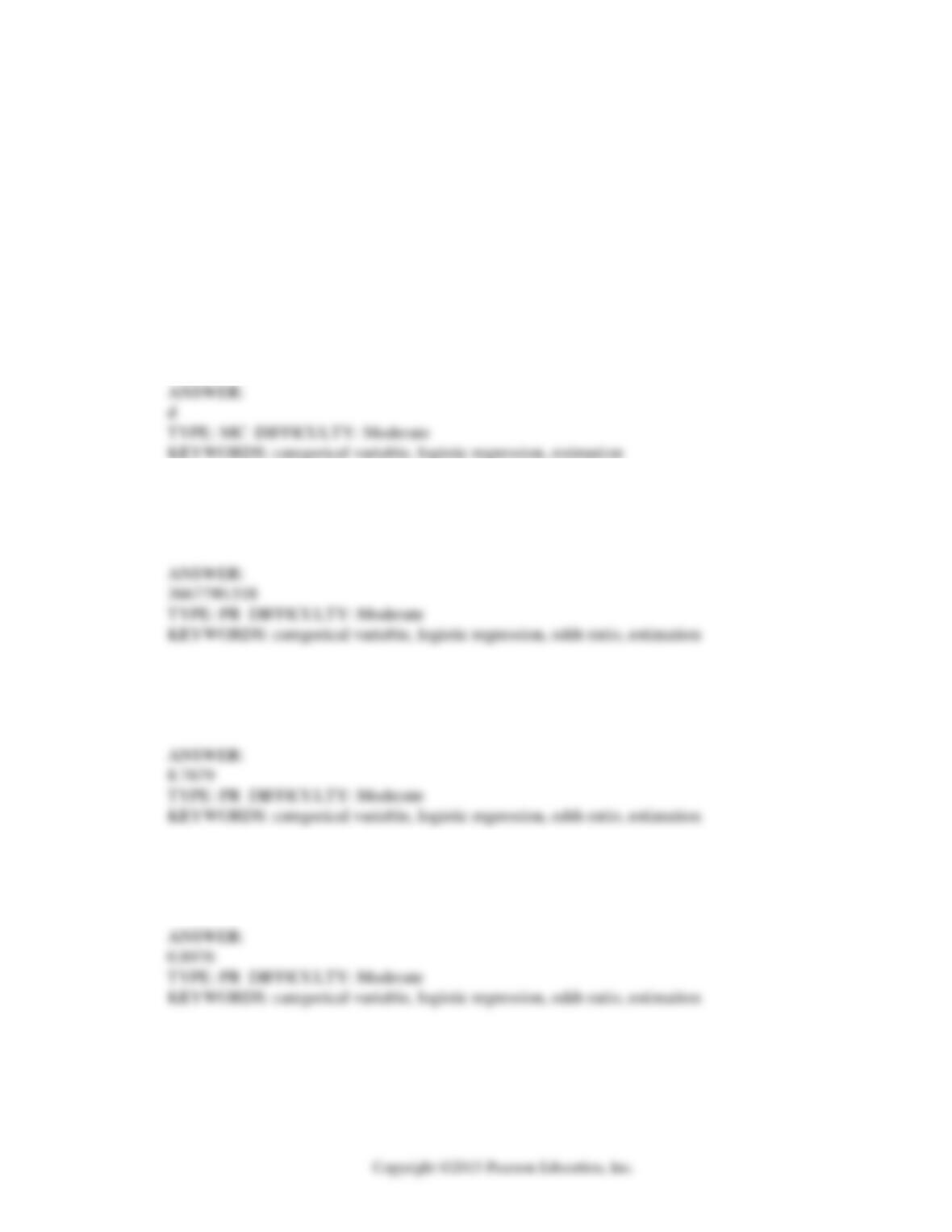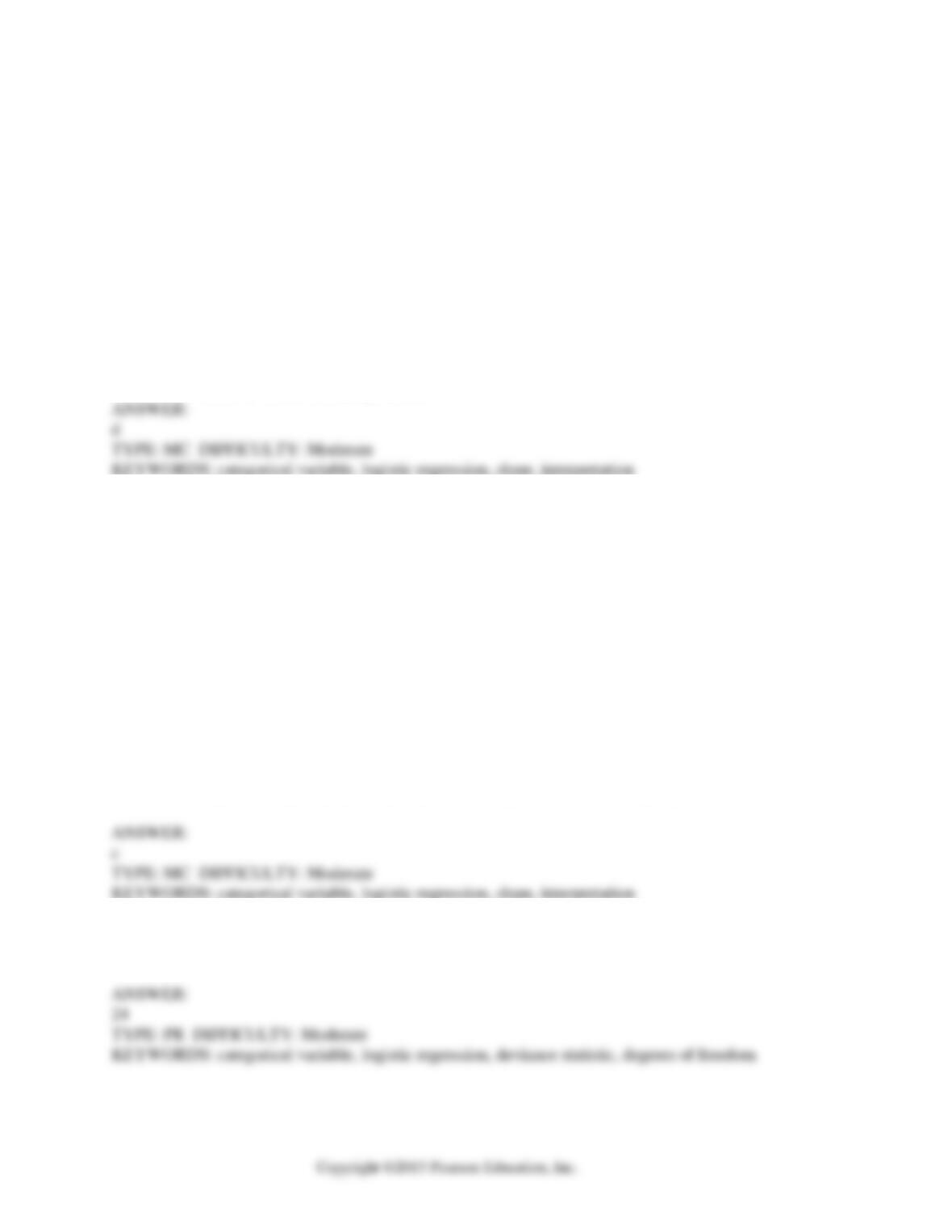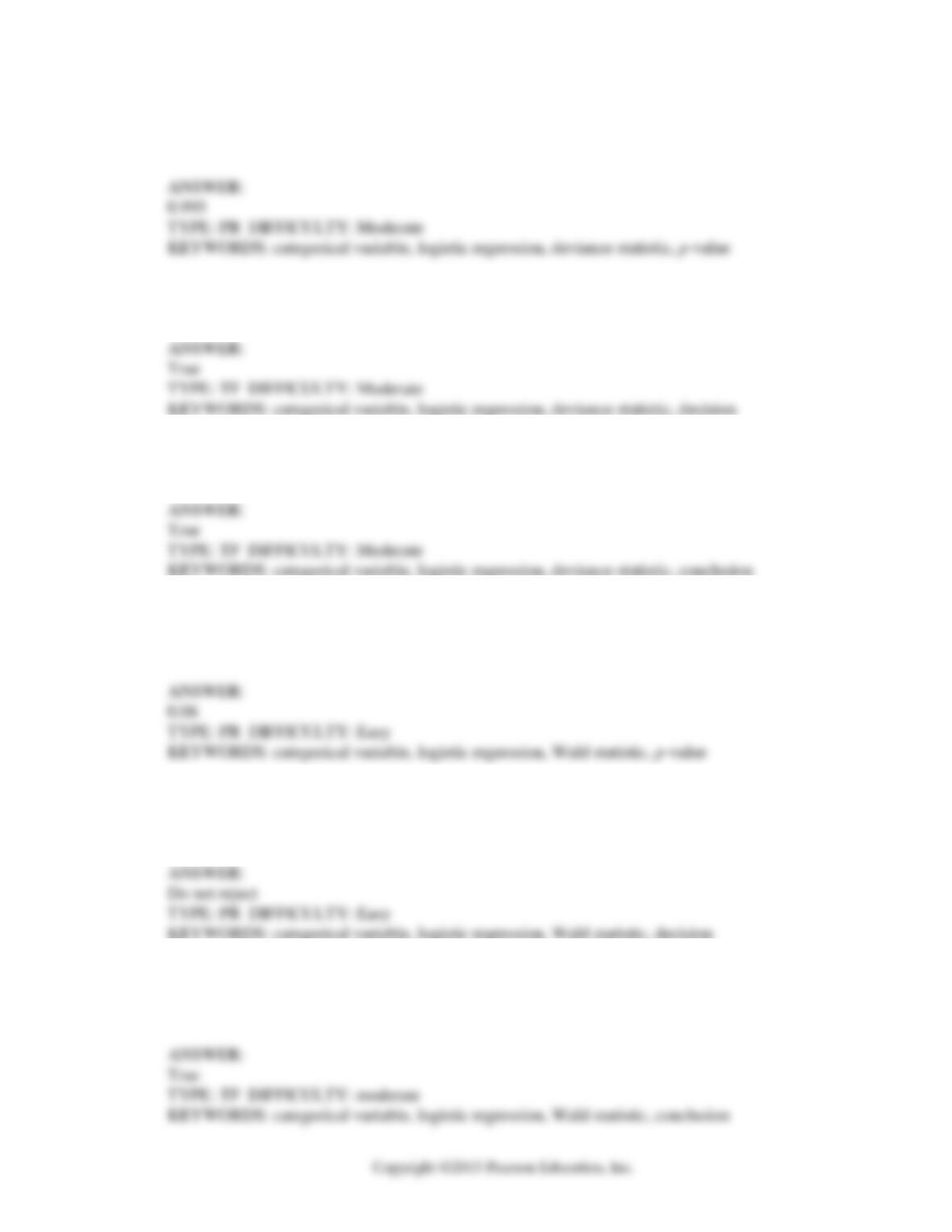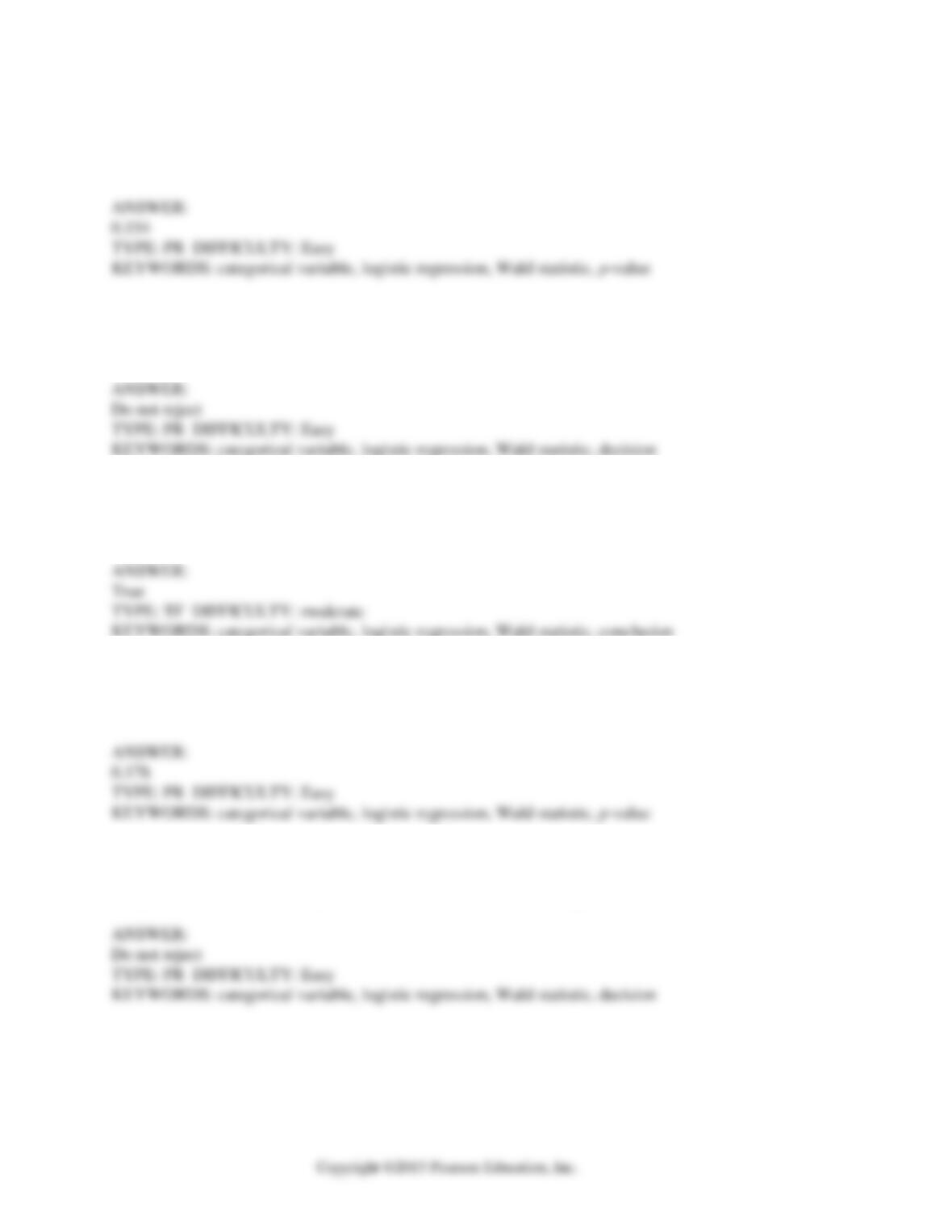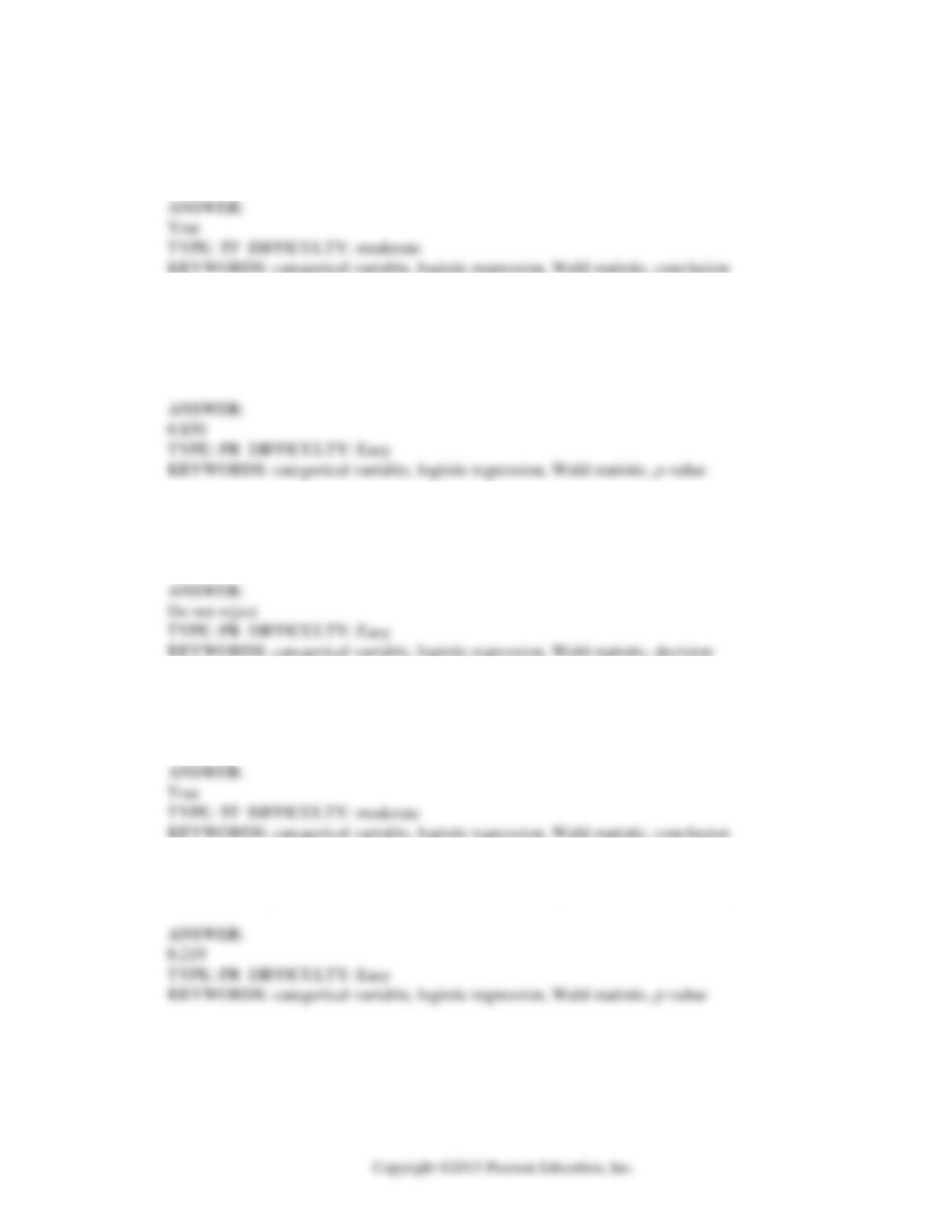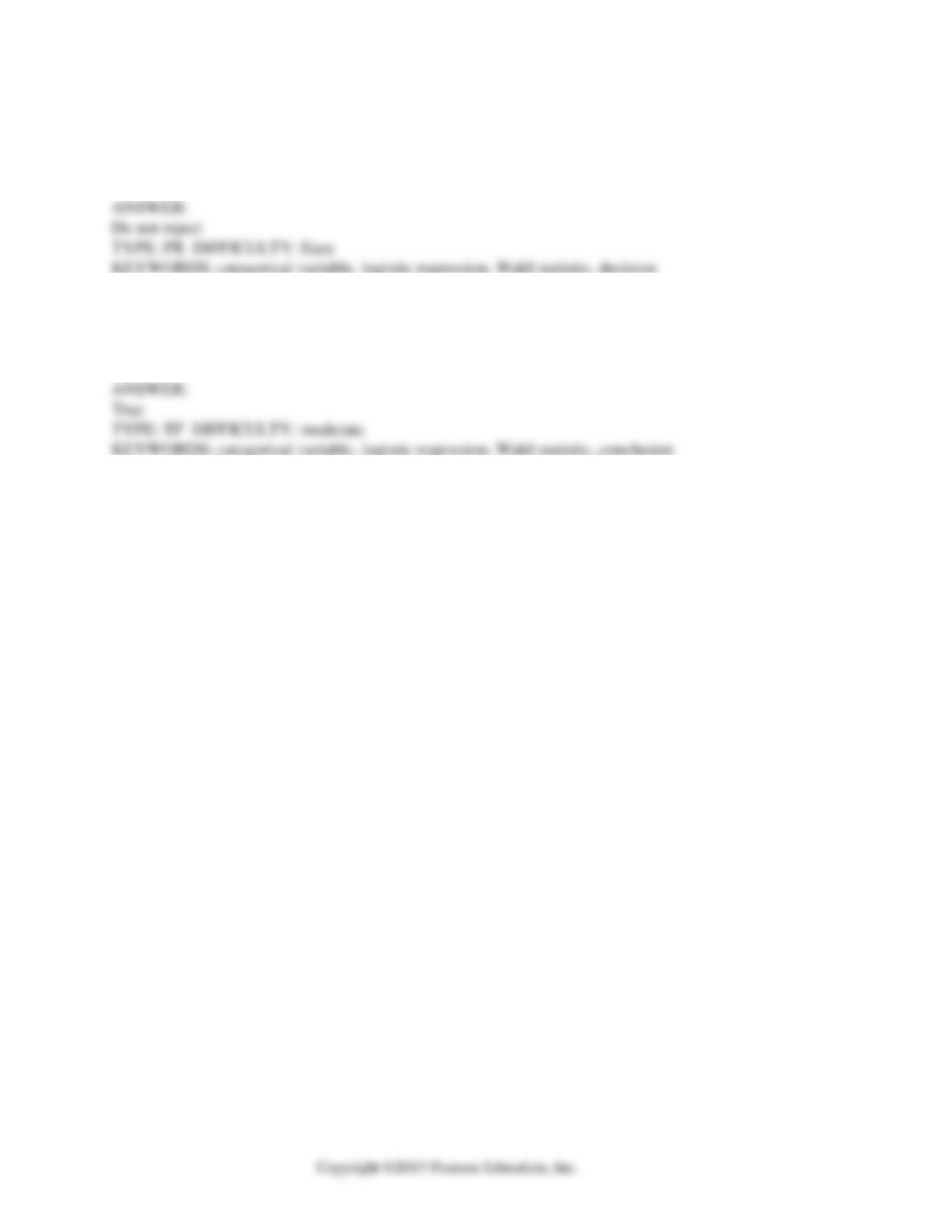A Roadmap for Analyzing Data 18-19
58. A physician and president of a Tampa Health Maintenance Organization (HMO) are attempting
to show the benefits of managed health care to an insurance company. The physician believes
that certain types of doctors are more cost-effective than others. To investigate this, the president
obtained independent random samples of 20 HMO physicians from each of 4 primary specialties
- General Practice (GP), Internal Medicine (IM), Pediatrics (PED), and Family Physicians (FP) -
and recorded the total charges per member per month for each. A second variable which the
president believes influences total charges per member per month is whether the doctor is a
foreign or USA medical school graduate. To investigate this, the president also collected data on
20 foreign medical school graduates in each of the 4 primary specialty types described above. So
information on charges for 40 doctors (20 foreign and 20 USA medical school graduates) was
obtained for each of the 4 specialties. Which of the following tests will be the most appropriate
to find out if the primary specialty and the origin of medical school degree interact to affect the
charges?
a) Tukey-Kramer multiple comparisons procedure for one-way ANOVA.
b) One-way ANOVA F test for differences among more than two means.
c) One-way ANOVA F test for interaction effect.
d) Two-way ANOVA F test for interaction effect.
59. A physician and president of a Tampa Health Maintenance Organization (HMO) are attempting
to show the benefits of managed health care to an insurance company. The physician believes
that certain types of doctors are more cost-effective than others. To investigate this, the president
obtained independent random samples of 20 HMO physicians from each of 4 primary specialties
- General Practice (GP), Internal Medicine (IM), Pediatrics (PED), and Family Physicians (FP) -
and recorded the total charges per member per month for each. A second variable which the
president believes influences total charges per member per month is whether the doctor is a
foreign or USA medical school graduate. To investigate this, the president also collected data on
20 foreign medical school graduates in each of the 4 primary specialty types described above. So
information on charges for 40 doctors (20 foreign and 20 USA medical school graduates) was
obtained for each of the 4 specialties. The president has already found out that specialty types
and origin of the medical degree do not interact to affect the charges. Which of the following
tests will be the most appropriate to find out if the primary specialty affects the charges?
a) Tukey-Kramer multiple comparisons procedure for one-way ANOVA.
b) One-way ANOVA F test for differences among more than two means.
c) Two-way ANOVA F test for primary specialty effect.
d) Two-way ANOVA F test for origin of the medical degree effect.

























































































